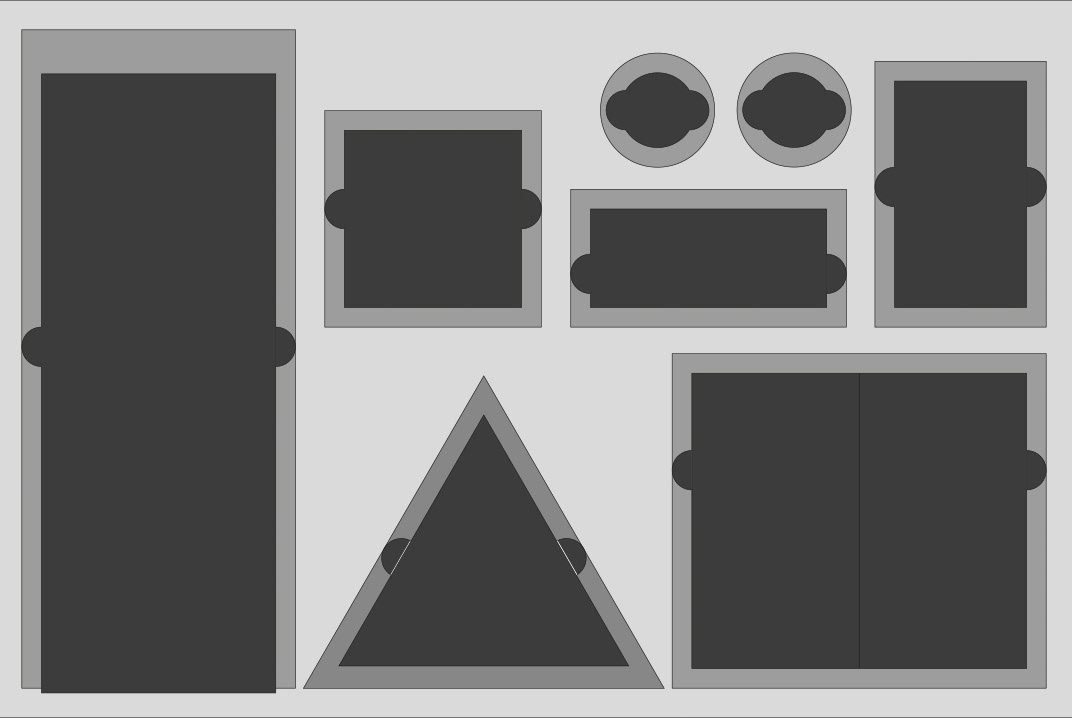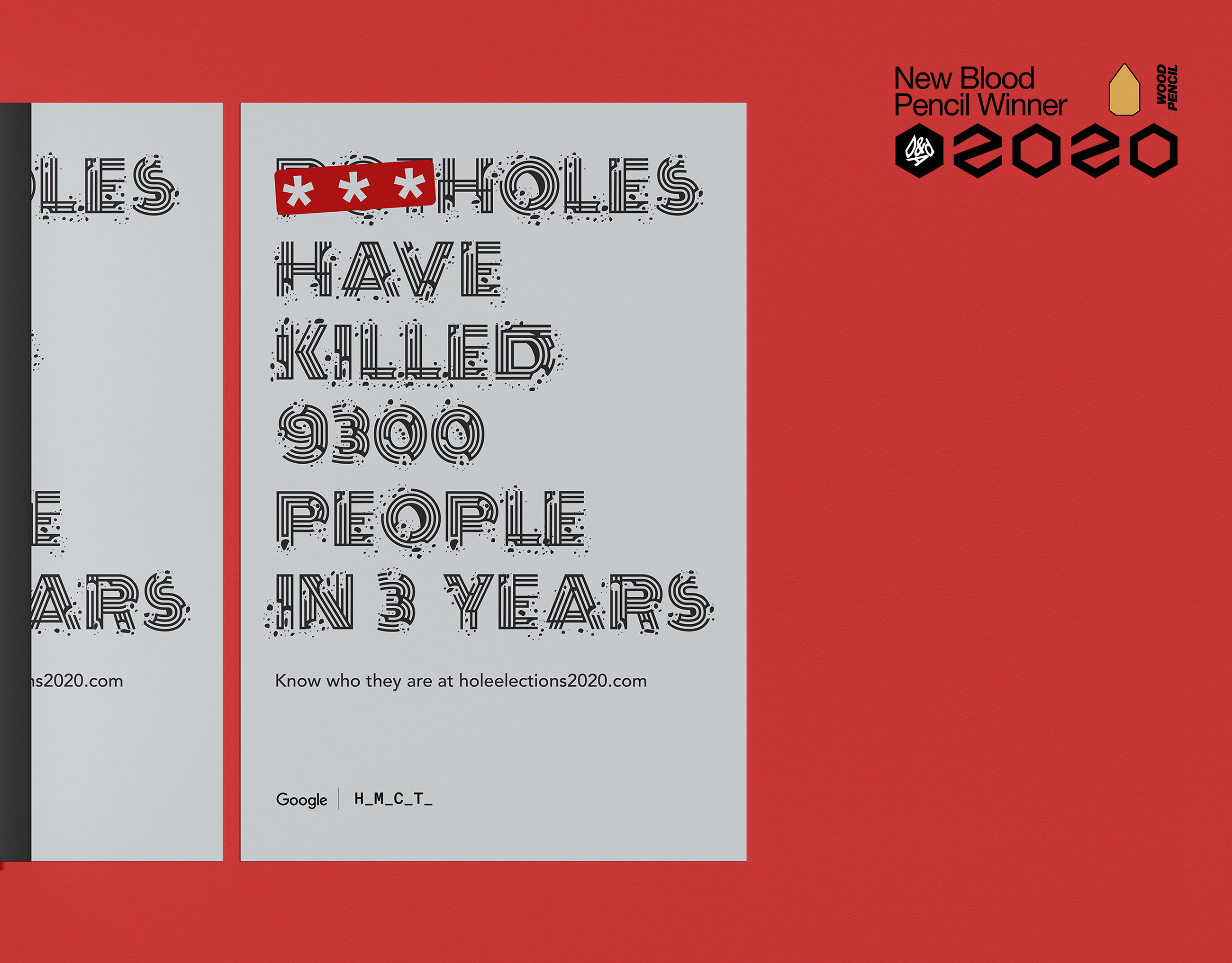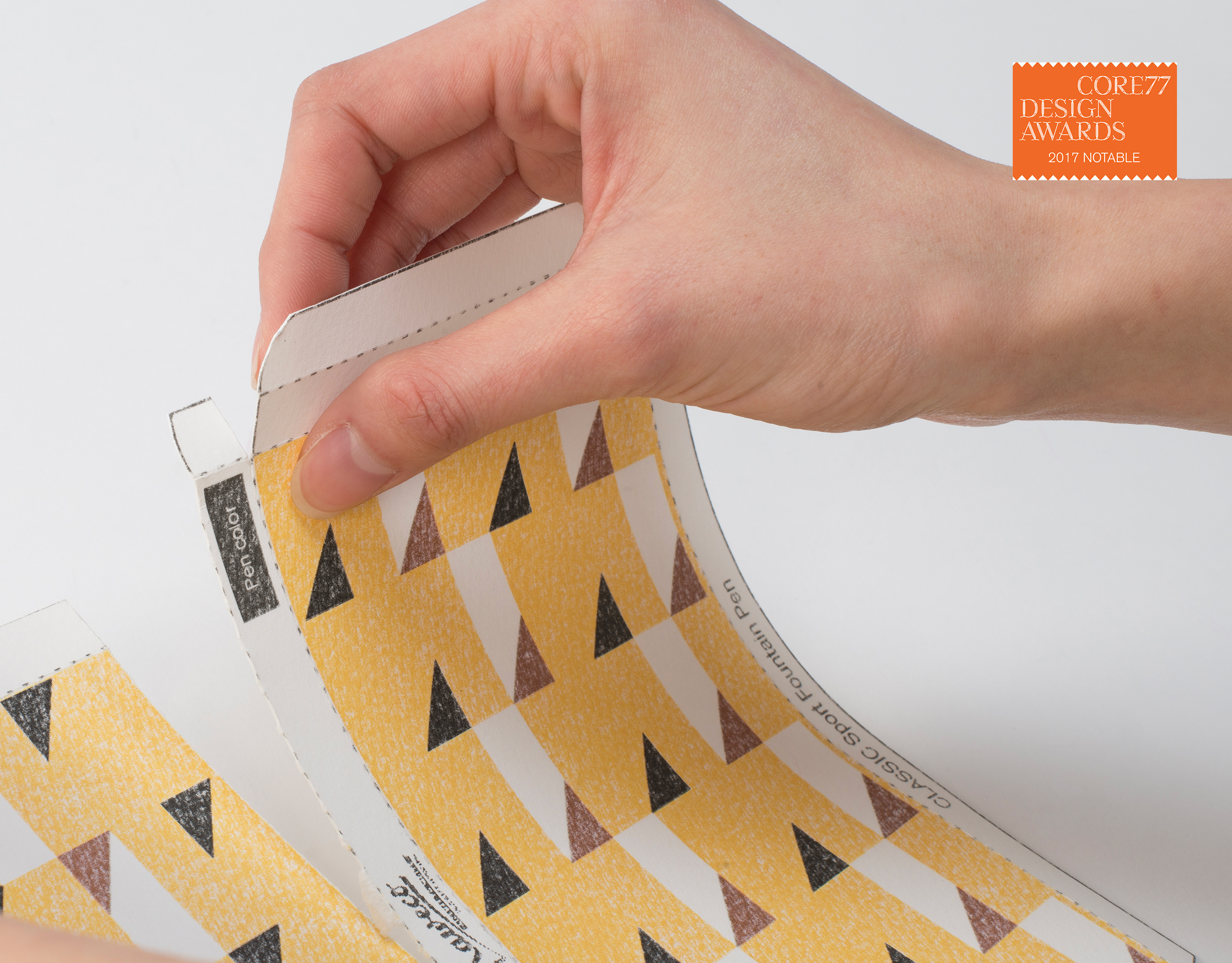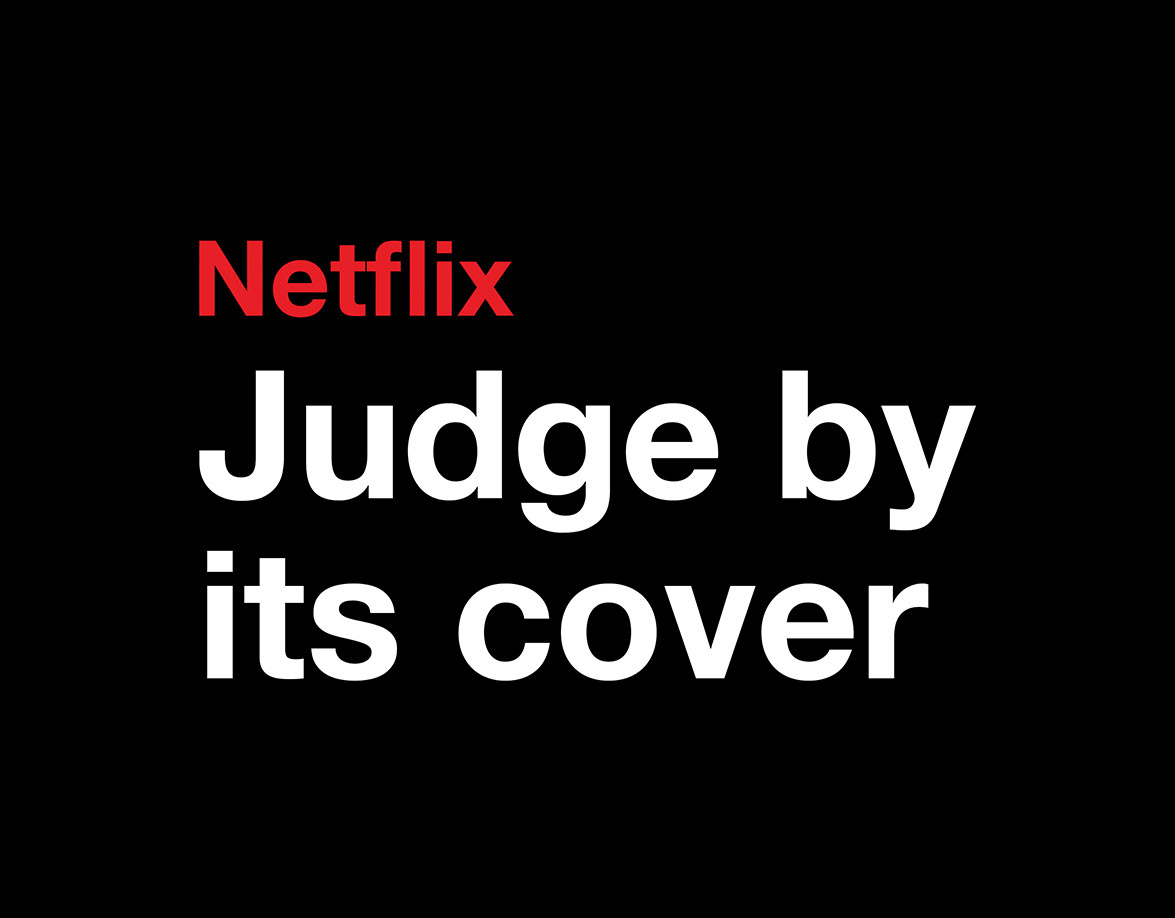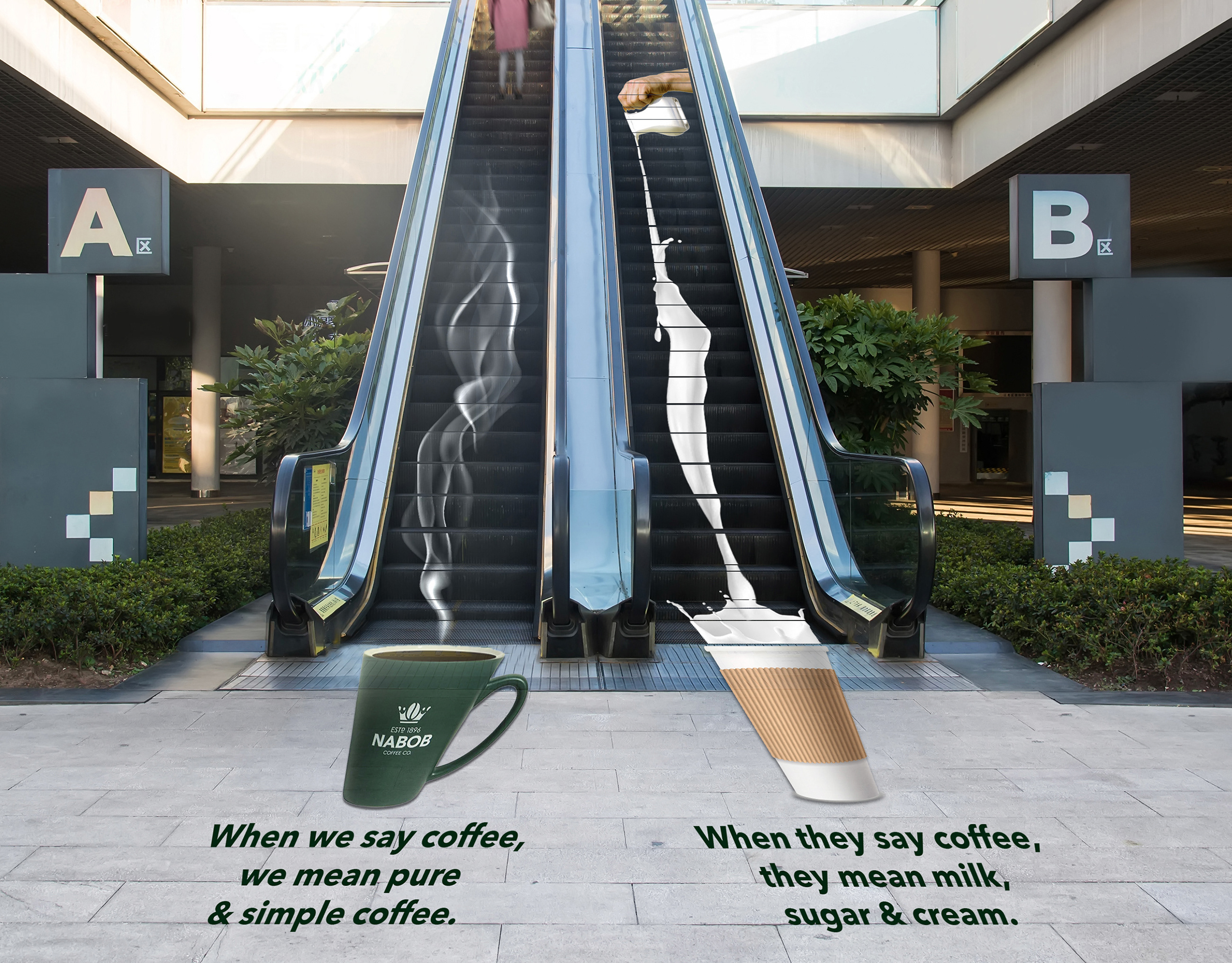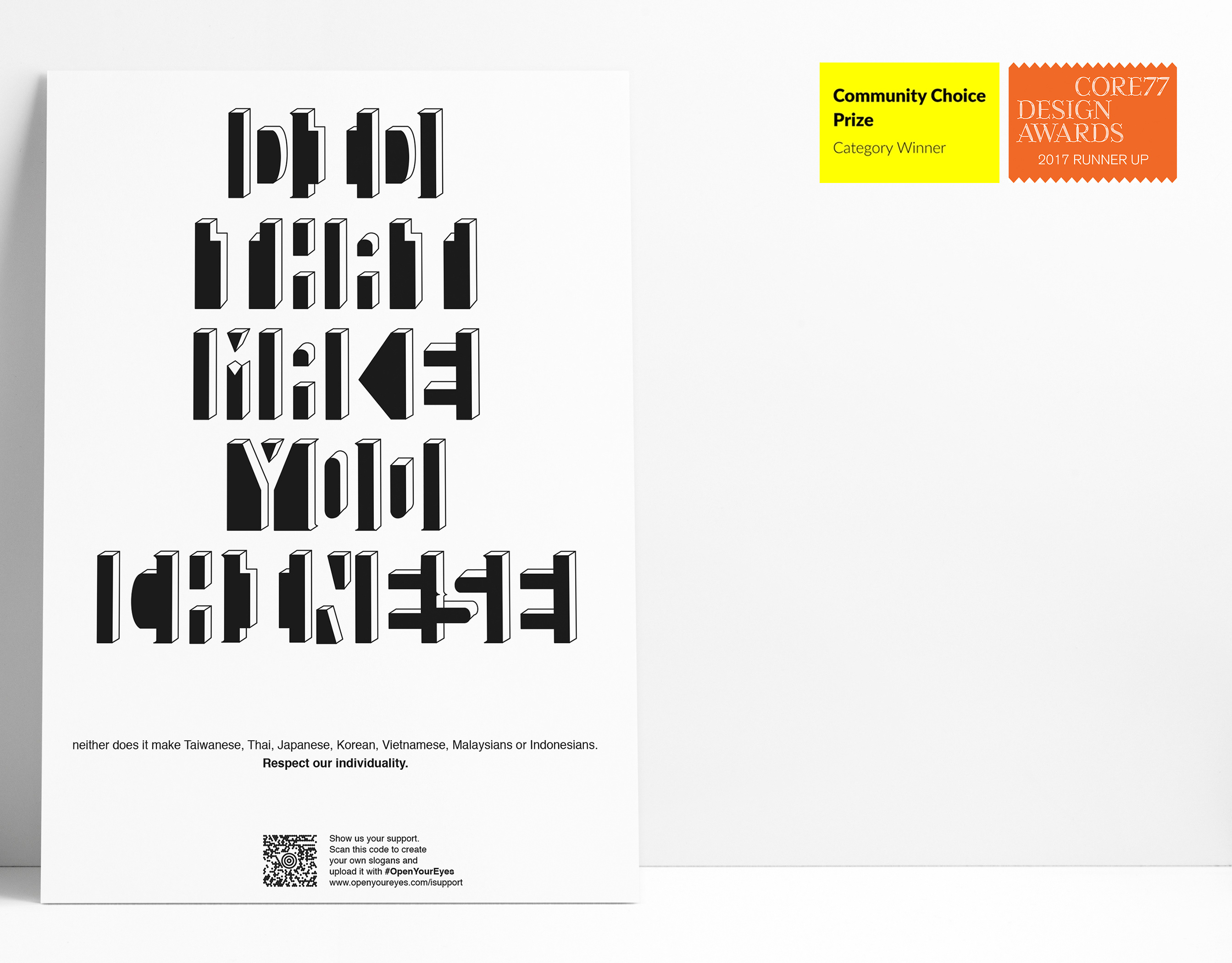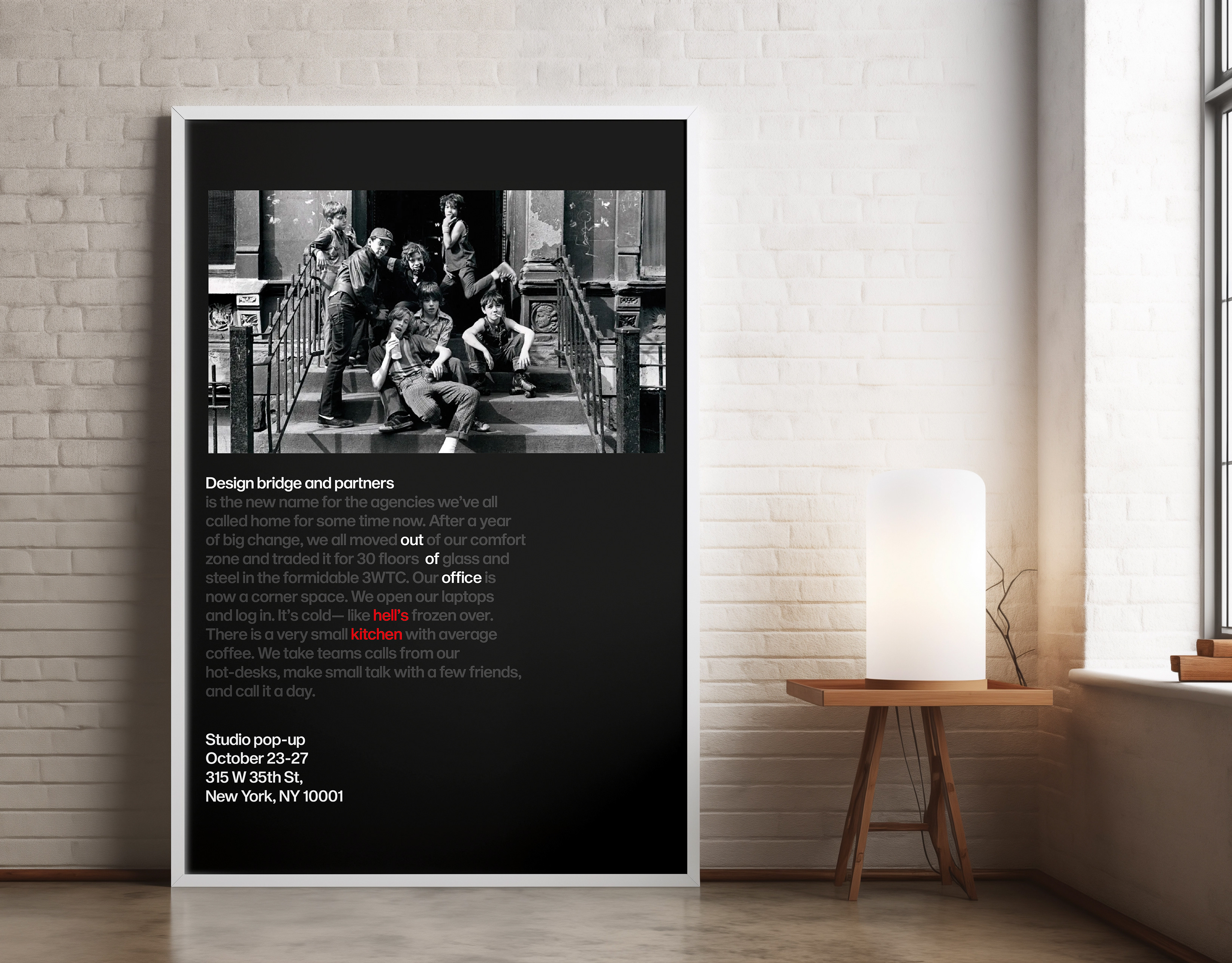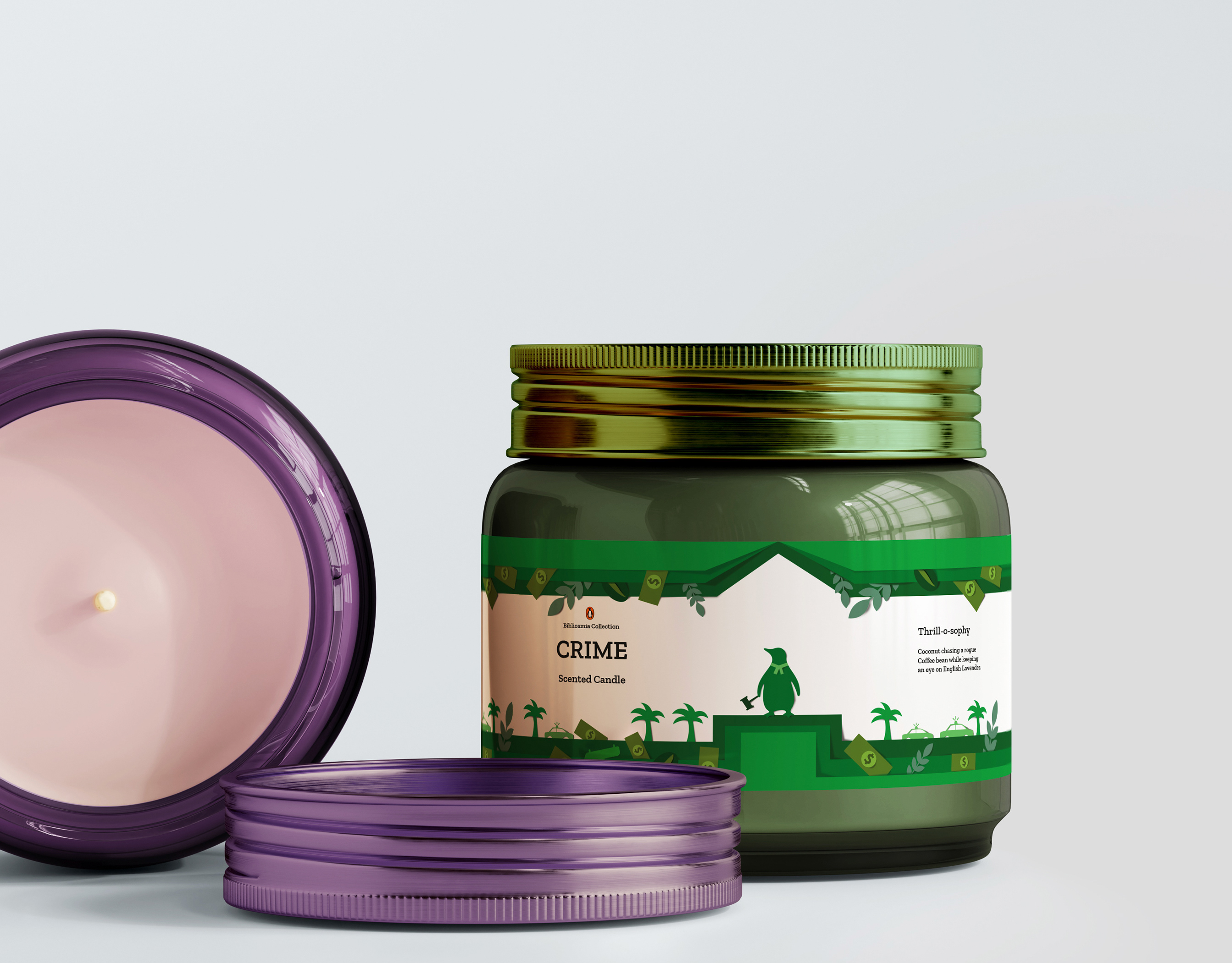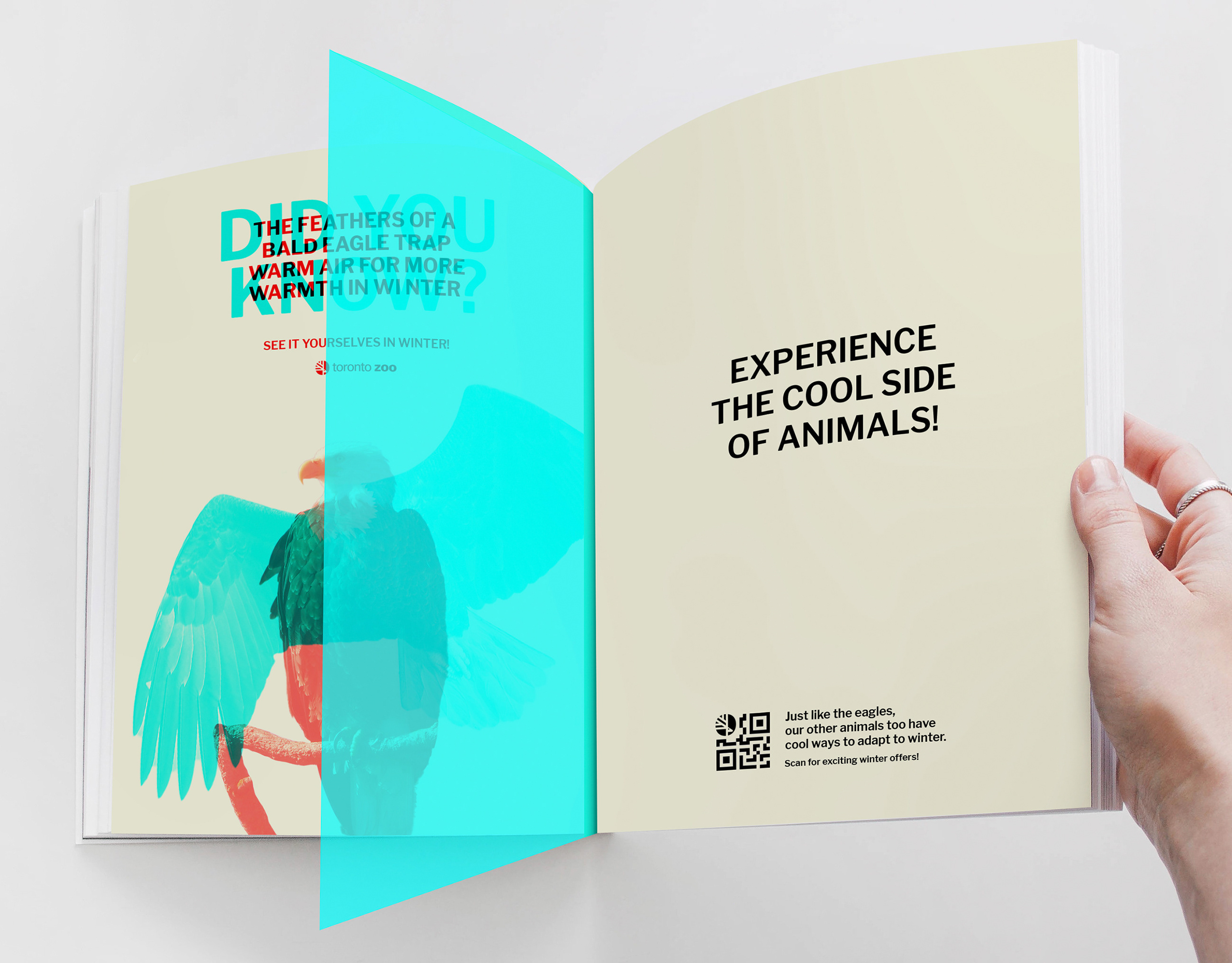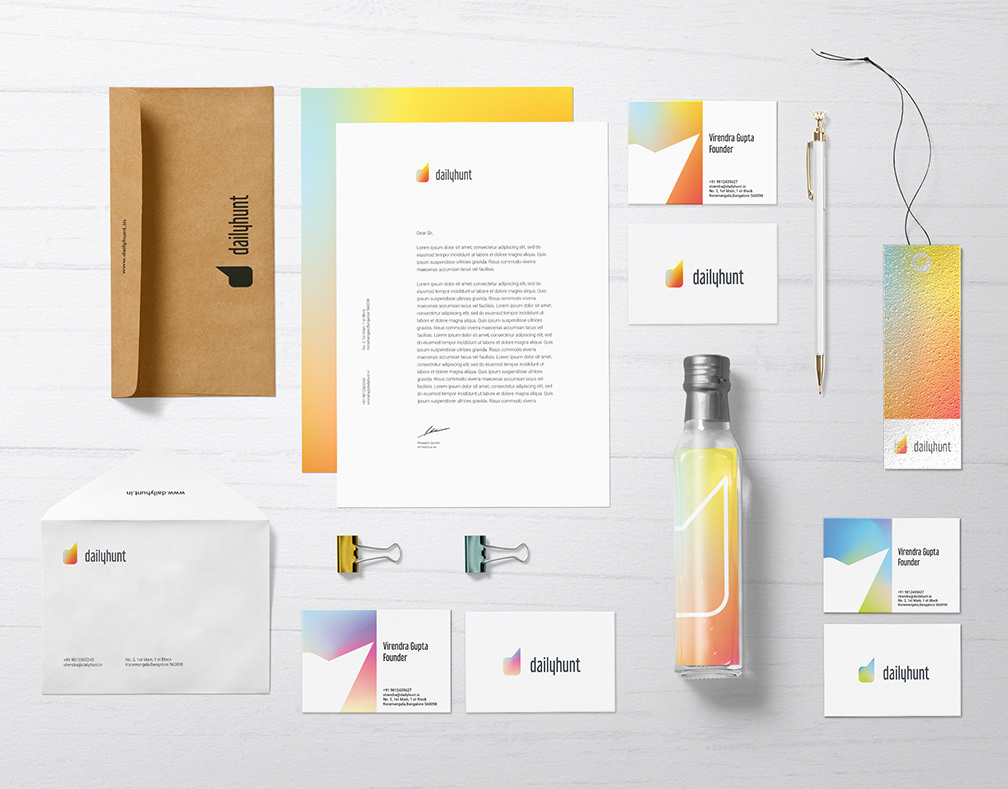Paperclip to Spaceship
Teach kids about plastic but, make it fun!
The final project for my master's degree at Kingston University was to design an educational interactive box that would teach kids about sustainability.
The box explains what plastic is, how it affects our ecosystem, and what can be done to reduce its impact with interactive elements.
Plastic is used for everything around us. Although it is a versatile and durable material, the overuse of plastic has caused a lot of environmental problems.
It is important to educate the future generations about sustainability at a very young age.
I tested a prototype with kids at St. John's Primary School, Kingston and their feedback helped me improve the design of the box and make sure the product was user-friendly.
It is named - ‘Paperclip to Spaceship’ because everything from a paperclip to a spaceship has plastic in it.
Plastic originally does not have any color, but it can be mixed with any pigment to give it color. Gradients show the versatility of plastic and are effective in visuals for kids.
The interactive components were centered around these questions and educated kids about plastic.
#1 Puzzle - how is plastic made?
Crude oil when extracted, goes into a long process before it is converted into plastic. A puzzle is a great way to show the process and also is an effective method to enhance logical and visual thinking.
#2 Cards - What are the types of plastic?
There are 7 types of plastic. The numbers are enclosed in triangular symbols. These are resin identification codes to differentiate plastics in recycling centers.
#3 Pull-in/out card - How does plastic affect our ecosystem?
Plastic is affecting each level of our ecosystem. It causes air, water, and land pollution. The magic card reveals the bad effects when pulled out of the envelope.


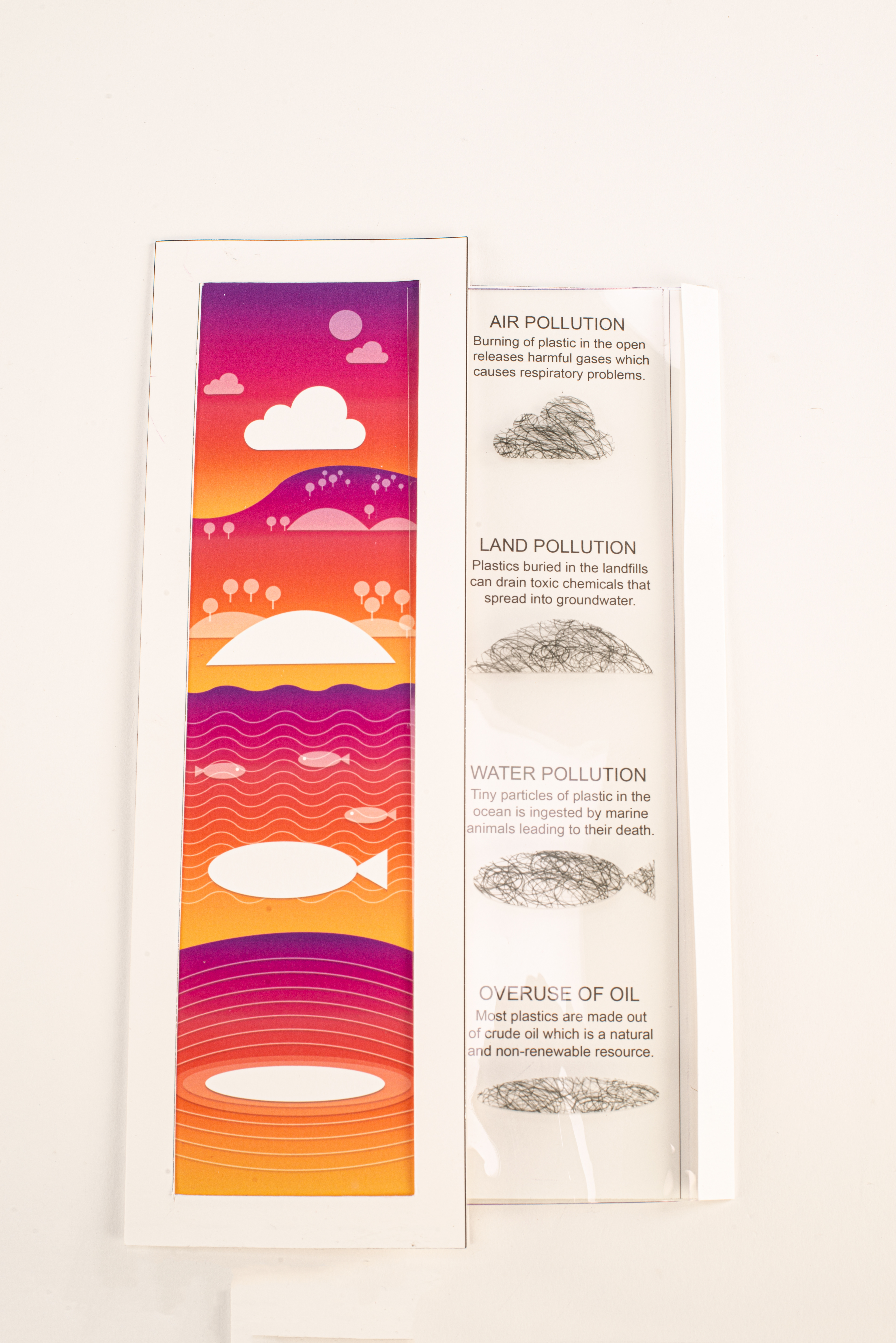
#4 Mobile game - Why recycling is important?
The game is to collect falling plastic products into the recycling bin. When not collected, all plastic ends up going into landfills. The goal of the game is to get kids to build a habit of recycling.
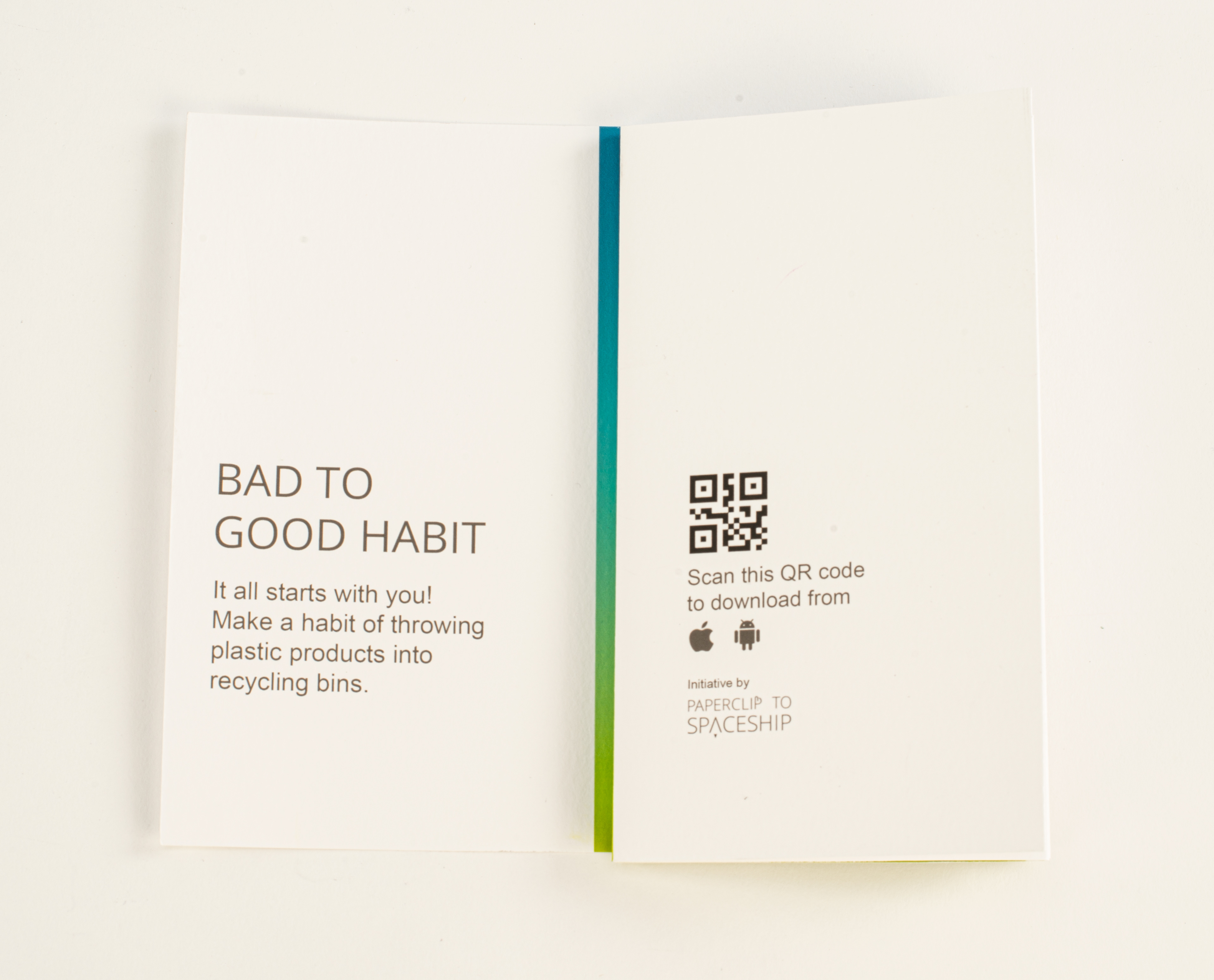
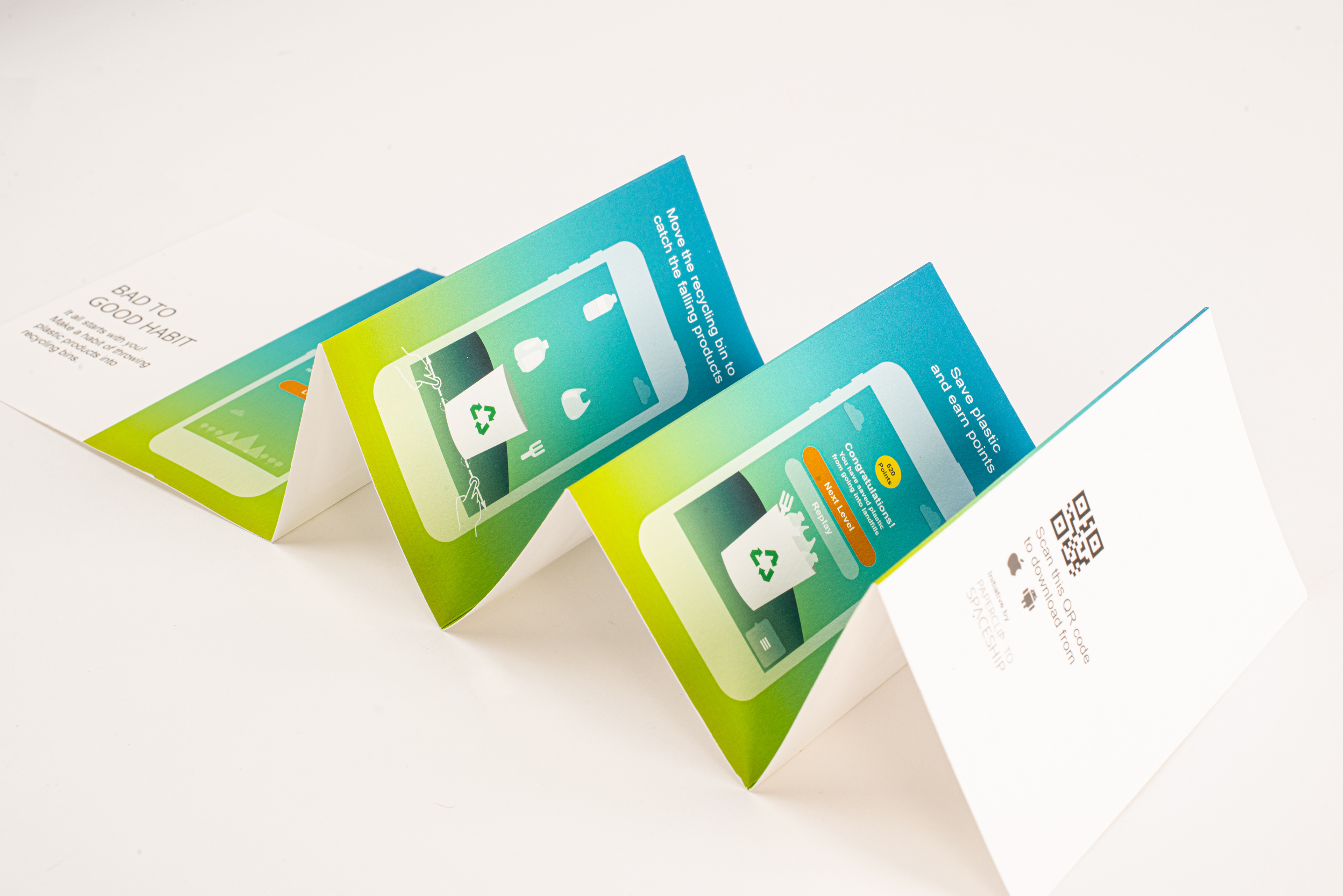
#5 stamp - How to reduce plastic in our lives
A variety of alternatives to plastic are available around us. One such alternative is a cloth bag. A sample bag was provided along with the stamp. Kids could stamp on this bag and other material bags as a way to explore non-plastic options and also influence others to do the same.
Pins that can be pinned on school bags.
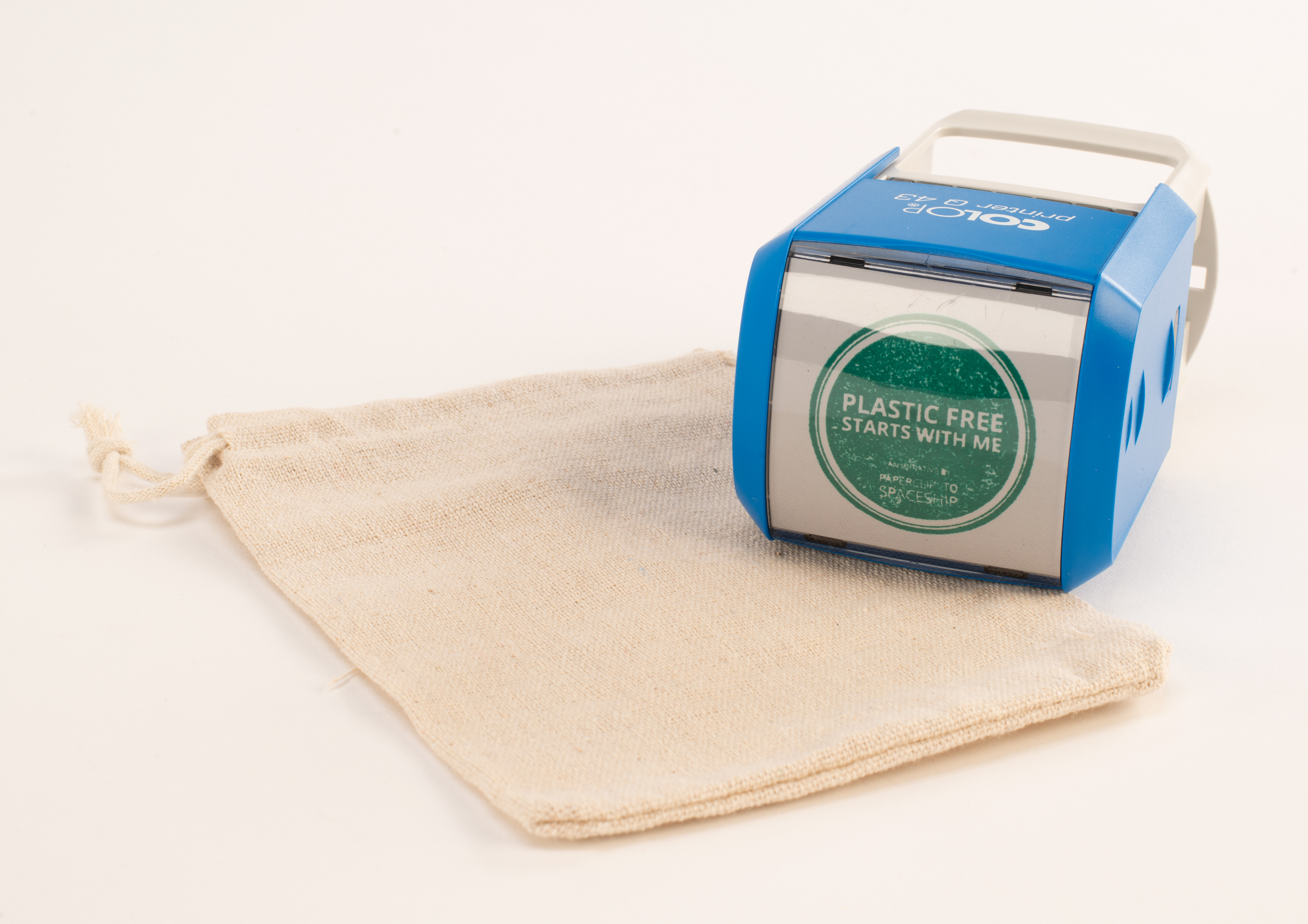

Each interaction was arranged in a foam box. This box can serve as a tool for educating students about plastics. The box was later donated to St.John’s primary school.
